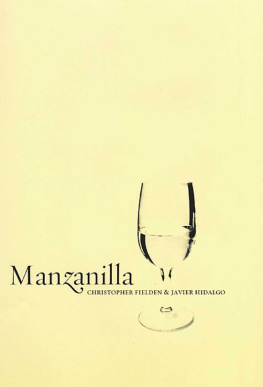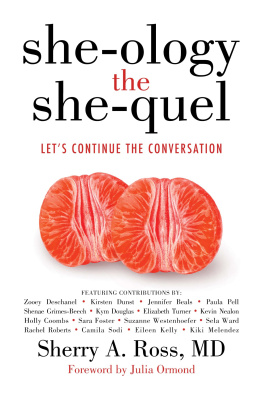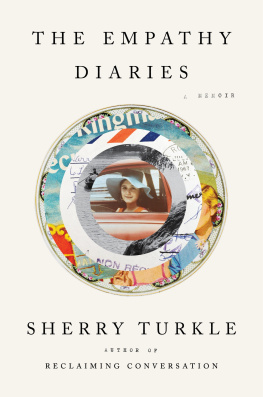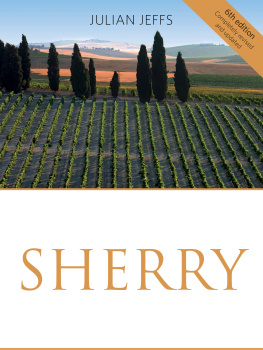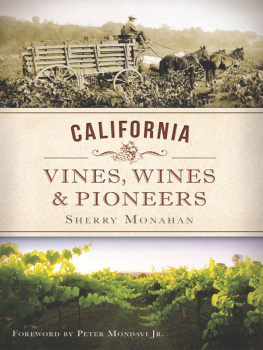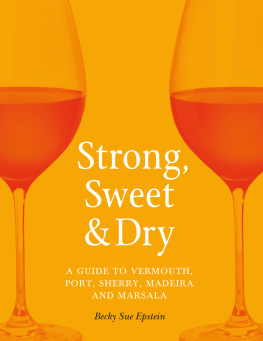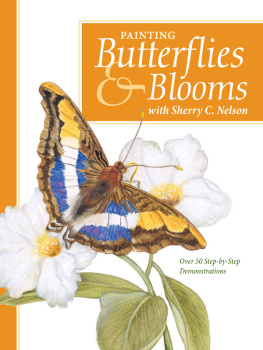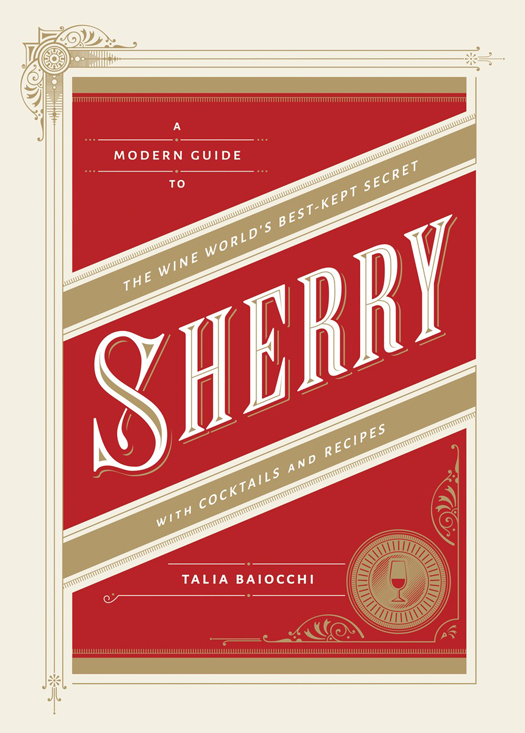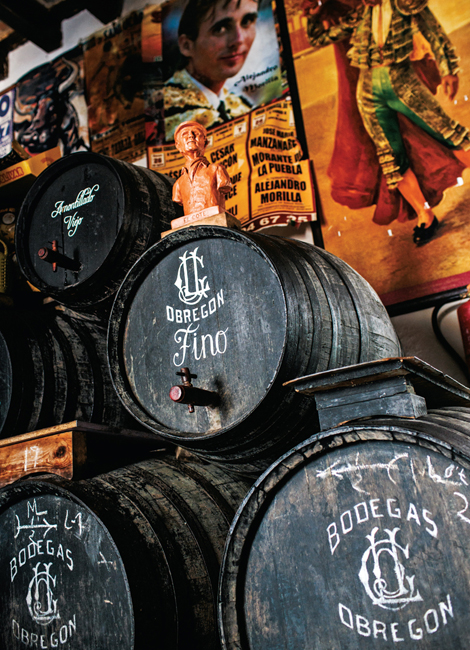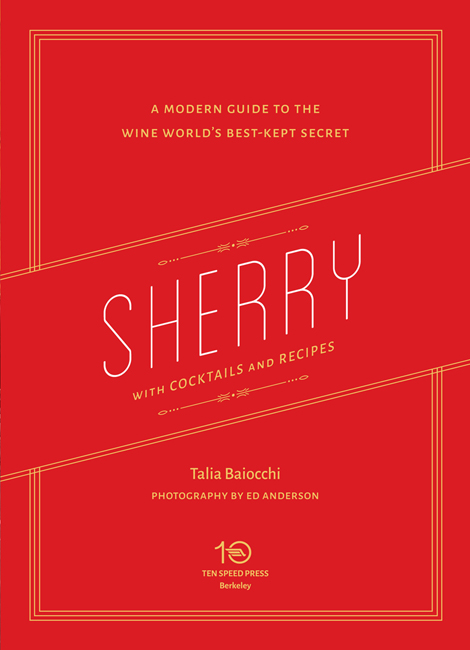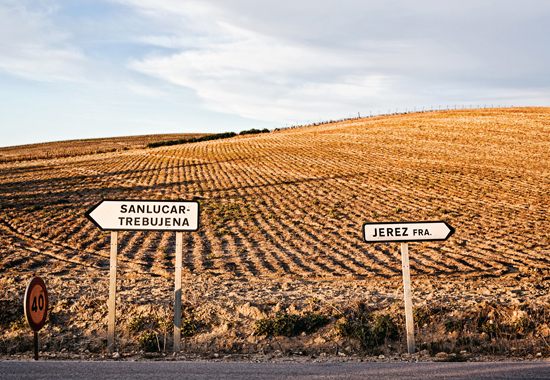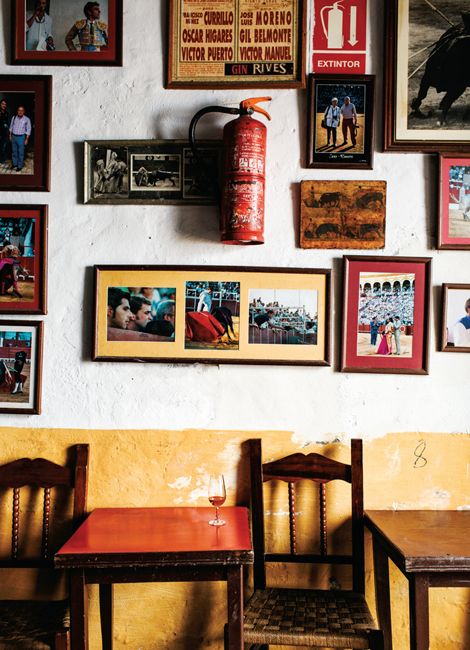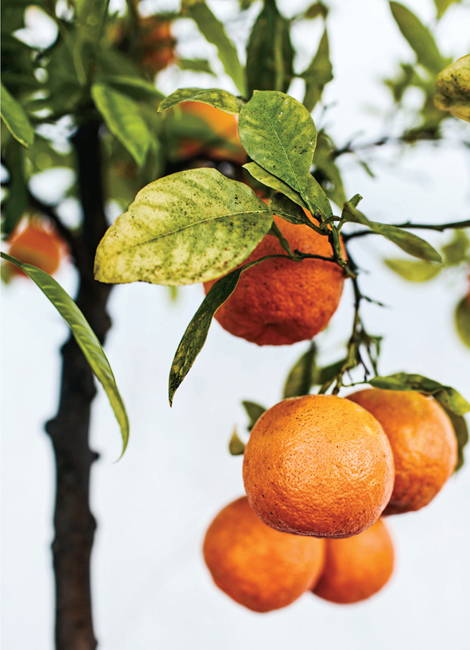Some of the recipes in this book include raw eggs. When eggs are consumed raw, there is always the risk that bacteria, which is killed by proper cooking, may be present. For this reason, always buy certified salmonella-free eggs from a reliable grocer, storing them in the refrigerator until they are served. Because of the health risks associated with the consumption of bacteria that can be present in raw eggs, they should not be consumed by infants, small children, pregnant women, the elderly, or any persons who may be immunocompromised. The author and publisher expressly disclaim responsibility for any adverse effects that may result from the use or application of the recipes and information contained in this book.
Copyright 2014 by Talia Baiocchi
Photographs copyright 2014 by Ed Anderson
All rights reserved.
Published in the United States by Ten Speed Press, an imprint of the Crown Publishing Group,
a division of Random House LLC, a Penguin Random House Company, New York.
www.crownpublishing.com
www.tenspeed.com
Ten Speed Press and the Ten Speed Press colophon are registered trademarks of Random House LLC.
The map on appears courtesy of the Consejo Regulador de las DD.O. Jerez-Xeres-Sherry.
Library of Congress Cataloging-in-Publication Data
Baiocchi, Talia.
Sherry : a modern guide to the wine worlds best-kept secret, with cocktails and recipes / Talia Baiocchi.
pages cm
Includes index.
1. Sherry. I. Title.
TP559.S8.B29 2014
663.226094688dc23
2014011853
Hardcover ISBN: 978-1-60774-581-5
eBook ISBN: 978-1-60774-582-2
Cover design by Headcase Design
v3.1
CONTENTS
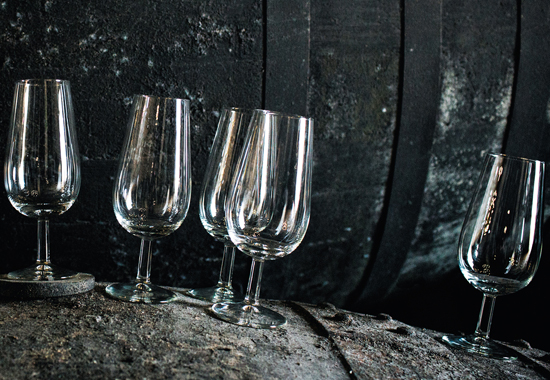
INTRODUCTION
AS MY TRAIN pulled into the station in sherrys historic capital, Jerez de la Frontera, rain spattered against my window and onto the platform below. I was half-awake, with a mosaic of half-eaten jamn bocadillo stuck to the front of my sweater, classically overpacked yet without an umbrella in January, a month so rainy it makes you forget that arid Morocco is anywhere near Jerez.
I shuffled into the lavishly tiled station bleary-eyed and inelegant. In such a state only a few things were immediately clear to me. I was in Spain. Spanish was being spoken. To my right, in the train station caf: the hum of the espresso machine, the faint mumble of a football game, and the clink of cups meeting saucersa definably Spanish kind of clink and hum. Furthermore, I was in southern Spain. Nobody was in a hurry. In fact, people almost looked embarrassed to be making their trains. (And, let me tell you this now, because its as true as anything Ive learned while writing this book: never, ever come to this part of Spain and show up to a meeting on time. You will startle and confuse your host.)
I tumbled out onto the street and into a cab, cracked the window, and watched the buildings whirl by, whitewash peeling off their faades to reveal the scars of centuries. Seville orange trees lined the sidewalks, sagging with fruit so fragrant it smelled as if the streets were paved with marmalade. I was a goner, of course, but its not hard to fall in love with the aesthetic beauty of this place and the obvious cultural bountythe sherry, the food, the music, the everythingthat has enchanted centuries worth of thinkers, poets, explorers, artists, and (apparently) California girls. But Federico Garca Lorcathe great early twentieth-century Spanish poet often dubbed the Son of Andalusiawould say to look past the obvious charms, that the real Andalusia cannot be seen.
Its true that the cultural affluence smells and tastes so good that its easy to forget the centuries of conflict buried underneath Jerez, Sanlcar de Barrameda, and El Puerto de Santa Maraboth literally and figuratively. These three towns, which form the roughly 25,000-acre swath known as the marco de Jerez, or Sherry Triangle, have seen a tremendous amount of historical tumult and variety of cultural influence. In many ways, sherryin its idiosyncrasies, triumphs, and failuresis an embodiment of the regions experience.
It is a wine that has endured through thousands of years of political upheaval, sacking, conquest, and economic disappointment. But sherrys highs have certainly outweighed its lows: it was practically the official drink of fifteenth- and sixteenth-century explorers; a favorite of everyone from Shakespeare to Poe to Dickens; the base of the Sherry Cobbler, one of the greatest American cocktails ever invented; and, believe it or not, one of the muses of Californias nascent wine-producing industry before it set its sights on Bordeaux as a model. So its not hyperbole when I say that sherrys story is one of the most remarkable in the history of wine.
Despite its storied pedigree, however, sherry has been maligned in America for decadesso misunderstood that one wonders whether it was the victim of an elaborate smear campaign involving all of the grandmas, everywhere. But against odds that seemed insurmountable just ten years ago, sherryreal sherry, not the warm, blended stuff still found lurking in octogenarian pantriesis undergoing a renaissance. It has become a star ingredient on the modern craft cocktail scene, beloved of bartenders who use it in pre-Prohibition-era cocktails as well as in their own contemporary drinks. It is popping up on wine lists in restaurants and bars from New York to New Orleans to San Francisco, where sommeliers have finally given sherry the real estate it deserves. And at long last, importers and wine shops are selling an unprecedented array of sherries from producers large and small, which means that the best sherry wines are available to American consumers for the first time in generations.
Sherry has, in short, been reborn. And with this rebirth, its time that sherrys story is retold.
In simple terms, sherry is a wine produced in Jerez de la Frontera, Sanlcar de Barrameda, and El Puerto de Santa Mara. It is a fortified wine, which means that a small amount of neutral grape spirit (brandy) is added to the wine to increase its alcohol content. Fortificationor, more specifically, the lingering negative connotations surrounding it (thanks, Thunderbird)is one of the reasons sherry is so misunderstood in America. Another reason: its wide range of styles, which include both the driest and the sweetest wines in the world, and numerous points in between.





